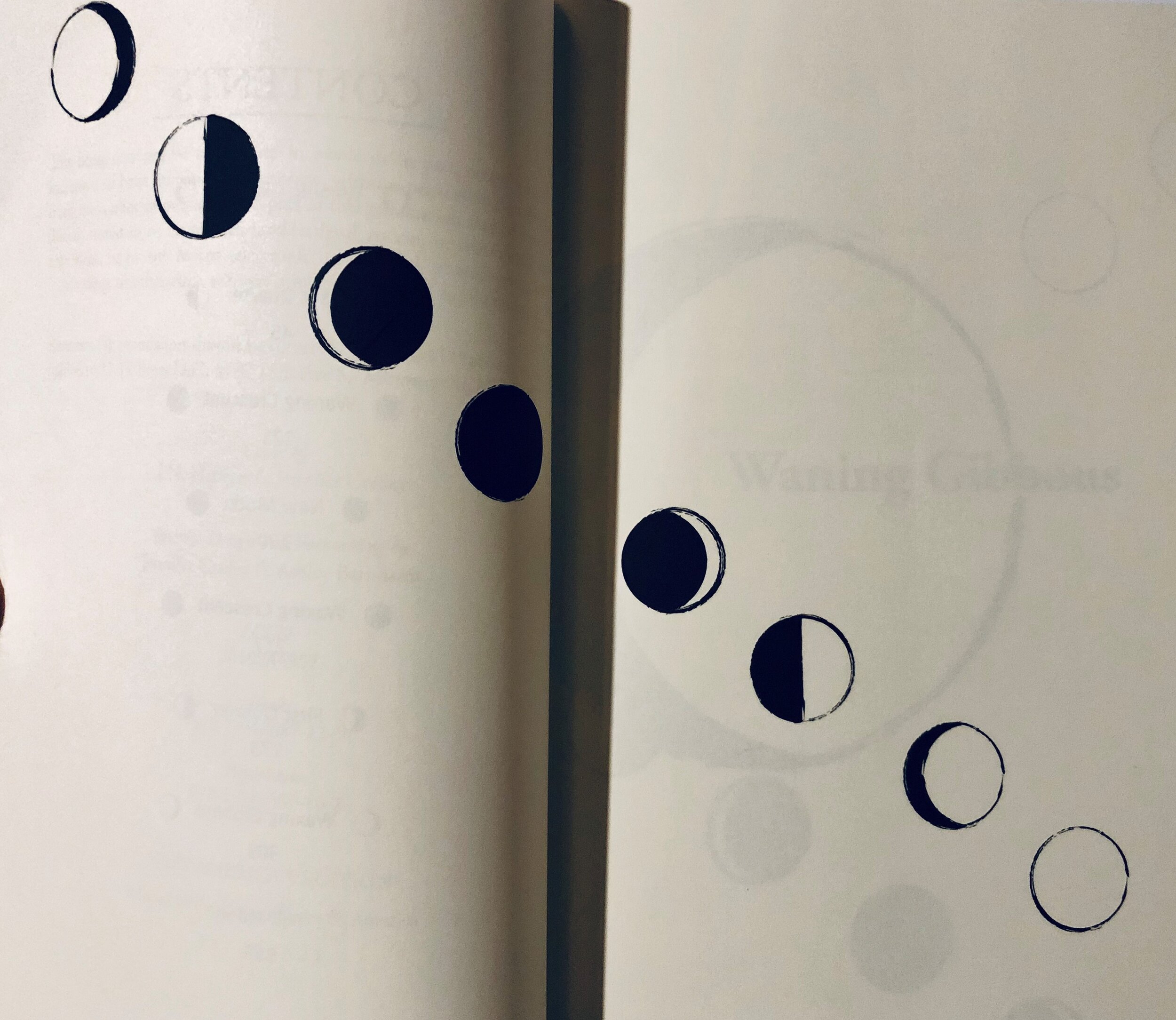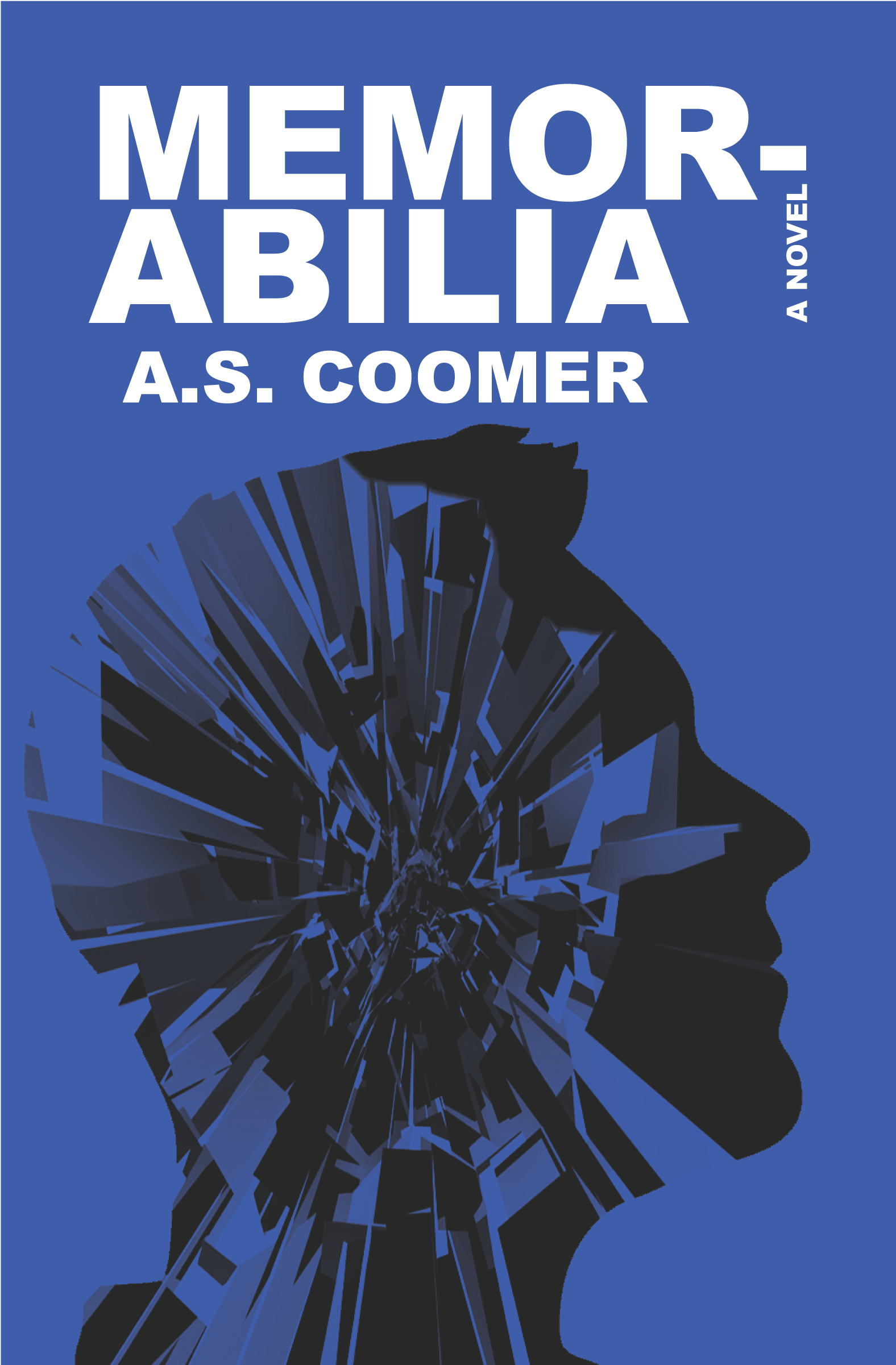Interview w/ A.S. Coomer
Eleven Eleven: From the very first page, Memorabilia reveals itself to be a metatextual book. Not only with your narrator being a writer, but often the reader finds themselves engaging with hypothetical texts either written or read by the characters. Do you think that these books have a certain incantatory quality? Bringing the reader into this literary space?
A.S. Coomer: A lot of my writing ends up being metatextual and/or epistolary. My first novel, Rush’s Deal has a non-visual comic book story running alongside the main thread. The Devil’s Gospel has a telling diary with damning marginalia. Shining the Light has Homer Antumbra’s songs and a multi-album conceptual odyssey to run parallel with the short life described. Memorabilia has a self-help book, How to Beat Back the Sadness, a suicide note, an empty novel, and nursery rhymes. I’ve always been intrigued by works within works and tend to create these kinds of things. I do think this lends an incantatory quality to these texts. It’s sort of like the literary equivalent of the Droste effect. There’s a hypnotic quality to pictures within pictures, texts within texts.
EE: Memorabilia, for the most part, seems to take place in abstract spaces. There are rooms (universities, jail cells, and mental hospitals), but the text is always sitting somewhere inside the narrator’s head. Can you talk about how you navigated this interior neurological space?
A.S.: The writing life is a solitary one, at least mine is. I feel in order to avoid living solely within my head I have to make up characters and inhabit their heads instead. It’s a strange tradeoff to see typed out. There have been moments in my life where the drop-off & darker waters didn’t seem too far away. It wasn’t much of a stretch to follow the rabbit down the hole with Stephen Paul. There were moments of light and moments of darkness writing Memorabilia.
EE: Do you often read while you’re assembling a book? Are there certain texts that you go back to when you feel cornered or when you feel unsure of where to take the narrative next?
A.S.: I’m always reading & I usually have a few books going at the same time too: something for fun, something related to what I’m working on, and a book of poetry.
I try not to spend my time rereading books I’ve already read but Stephen King is always worth the price of admission. He finds a way to keep the pages turning even during the boring parts. James Lee Burke is great at setting, pace, & place. As for Memorabilia, I was reading more existentialist lit, Sartre’s The Roads to Freedom trilogy and E. M. Cioran’s The Trouble with Being Born, which were very impactful on the book.
EE: You’ve mentioned in previous interviews that Memorabilia is different from anything you’ve ever written. Why did you decide to write this instead of, say, another The Fetishists, which is the book most people think of when they hear the name A.S. Coomer? Why this change from extreme horror to existential philosophy?
A.S.: I’d like to think that each book has been different. I’m deathly afraid of doing the same thing over and over again. I don’t like the idea of telling the same story the same way twice either. I’d like to think I’m genre-fluid, using whatever the story calls for.
Memorabilia, for me, was a coming to grips with the writing life. I’d given up the day job and devoted myself to writing full-time, a decision that was, and still is, scary as hell. I think a lot of the fear of Is This What I’m Supposed to be Doing with My Time comes through in the book. I’m still not 100% sure but it’s one of the lies I’m going to tell myself until I believe it or it comes true.
EE: Stephen experiences time in a strange way. He is prone to slipping out of consciousness and reawakening without knowledge of how he has arrived. His unconscious has a tendency to take control while he is away, leaving him to reassemble the pieces. Can you speak more on this?
A.S.: Time is a strange thing. The way we experience it is different for each of us. Also, Stephen is experiencing a mental collapse, which are as unique as the people experiencing them. There’re lenses and dreams and fever dreams in play too. Stephen Paul’s sense of time is marred by his inability to accept certain terms and conditions of his existence as well as by his illness.
EE: This book is split into eight sections which all correspond to the movements of the moon. How did you decide on this as the means to split up the book? Do you see certain connections between the changes of the moon and Stephen’s descent?
A.S.: There are a bunch of ways we can mark our paths, our experiences, things in which we can use the way you can use the North Star. The book’s division by lunar phase is one of these ways and it’s symbolic. Breaking the book down into portions of shadow and light seemed like the right choice considering Stephen Paul’s mental absences and insights. There is a full moon and a new moon and places of light and shadow between. That felt like what Memorabilia was when I was going through my initial editing process: areas of light and darkness, places where illumination was marked in its absence: umbra, penumbra, and antumbra. The story follows Stephen Paul’s descent towards the full moon.
EE: Something I really latched onto while reading was the ethereal presence of certain nursery rhymes. They appear as echoing out of some long-lost timeline. Do you think of these as triggers from Stephen’s past? What inspired you to bring them into the text? To add that additional enigma to the character’s psyche?
A.S.: The nursery rhymes were just a lot of fun to write. The book tries to be lyrical without being distractingly so. The nursery rhymes kind of remind me of a passing chord on the guitar, there and serving something a bit more than just itself and then gone within the next beat. They’re in the text because they’re one facet of Stephen’s illness, this need for a storyline or plot of some kind even on an elemental level such as this. You can see them as almost his literal need for story even in the throes of his illness. There were several sets of the nursery rhymes that were really neat but didn’t fit the overall feel of the text that I ended up cutting. There were others that were just too distracting. They exist to highlight Stephen’s decline, yes, but also his resilience, as he’s creating even in his breakdown.
EE: This book has a lot to do with perception and belief, and to a certain extent, we all have these false realities we create around ourselves. When does this become harmful, do you think? Is it okay to lie to yourself if it helps you get up every morning and live a life that is joyful and that doesn’t pose a risk to others?
A.S.: Perception and belief are two common bedfellows. Both are so subjective too. I’m not sure where the line is sometimes. What some see as false realities are not necessarily false but just not true for you. Things tend to get slippery the further down the slope you get. I think false realities become harmful when they begin to impact one’s ability to care for oneself and when they affect others in a negative way. Stephen Paul’s false reality comes to a head in Memorabilia as the moon moves further towards full. Stephen Paul’s bondsman, the farmer, exists solely in the spaces between light and shadow, highlighting the harmful, the fearful, the make-believe.
I think if you’re lying to yourself every day and leading a joyful life, there’s a disconnection there somewhere that I’d love to know and replicate. Maybe ignorance can be bliss, I just don’t know.
EE: Some people might read the ending and think that's it? But in those final moments, I started to feel a kind of paranoia. There is a shift that drives the reader towards disbelief. What does the ending mean to you? What alternative endings do you hope people will think about?
A.S.: Ever had that thought about life? That’s it? For me it’s about making and making do. We’re here, we might as well use the time. The end of Memorabilia, for me, is Stephen Paul coming face to face with his bondsman and trying to determine if he’s wasted his time or not.
The ending could be construed in a number of ways. It could all be a figment of Stephen Paul’s imagination, the lights of studio in the final scene could be a doctor’s searching penlight from his hospital bed. It could be that he’s really made it as a writer and still he comes shaking before his bondsman. It’s all possible. I think the ending leaves room for the reader’s interpretation based on their own baggage, perceptions and beliefs, which every reader brings to a book.
EE: Who / What are you reading right now? Who do you wish more people would read?
A.S.: I’m reading my first Lawrence Block novel right now: A Ticket to the Boneyard. I’m about halfway through and have found Block fast-paced and good with tension. I’m also reading the Outlaw Bible of American Poetry, which has a little something for everybody in it. I’m reading my first collection of Ferlinghetti’s poetry: Starting From San Francisco. I just finished Richard Russo’s Chances Are…, Camus’ The Fall, Saul Bellow’s The Adventures of Augie March & Herzog, McCarthy’s Outer Dark, Mark Richard’s short story collection The Ice at the Bottom of the World, Baldwin’s If Beale Street Could Talk, Le Guin’s The Lathe of Heaven, and C.V. Hunt’s Halloween Fiend. My to-read stack keeps growing.
I wish people would read more authors from the small press world. There’s a wealth of excellent voices and storytelling in independent publishing. Supporting working writers, alive ones, not just the deadies, is important. I’m doing my best to work more and more books by living, breathing writers into my reading.



